- Joined
- Oct 4, 2016
- Messages
- 1,095
Thank you to the cutters who have given their knowledge in this thread. Your opinions, though varying, are very interesting.
My question is, how do you find recutting sapphires? My question might be too general as I understand it depends on the tone and color and maybe even origin (not sure). But maybe there is a difference on how corundum reacts when cut. Sorry I'm not a cutter so I really wouldn't know. The thing about local cuts in gem producing countries is the emphasis on carat weight, so I have found many times some lopsided cuts or cuts that aren't symmetrical or the pavilion isn't at the center. I could see the potential of the gem (can be imaginary) as many have fantastic tones but I have bought a few in the thought I could bring them to a cutter for a recut? Thanks again.
My question is, how do you find recutting sapphires? My question might be too general as I understand it depends on the tone and color and maybe even origin (not sure). But maybe there is a difference on how corundum reacts when cut. Sorry I'm not a cutter so I really wouldn't know. The thing about local cuts in gem producing countries is the emphasis on carat weight, so I have found many times some lopsided cuts or cuts that aren't symmetrical or the pavilion isn't at the center. I could see the potential of the gem (can be imaginary) as many have fantastic tones but I have bought a few in the thought I could bring them to a cutter for a recut? Thanks again.

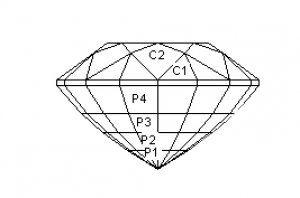
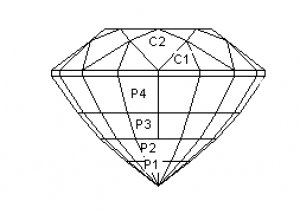
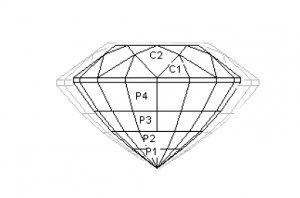
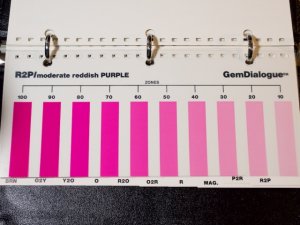
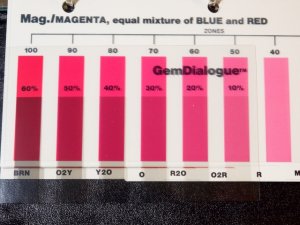
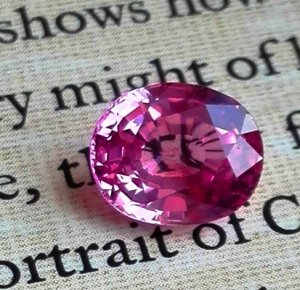
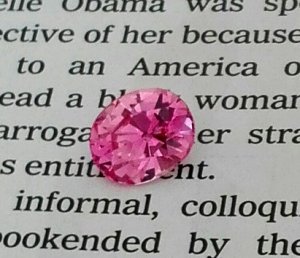

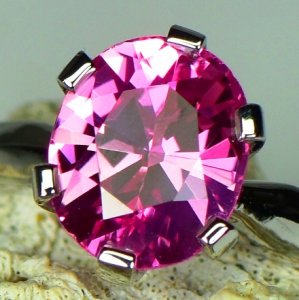
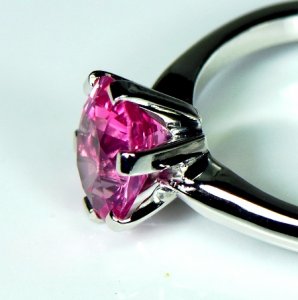



300x240.png)